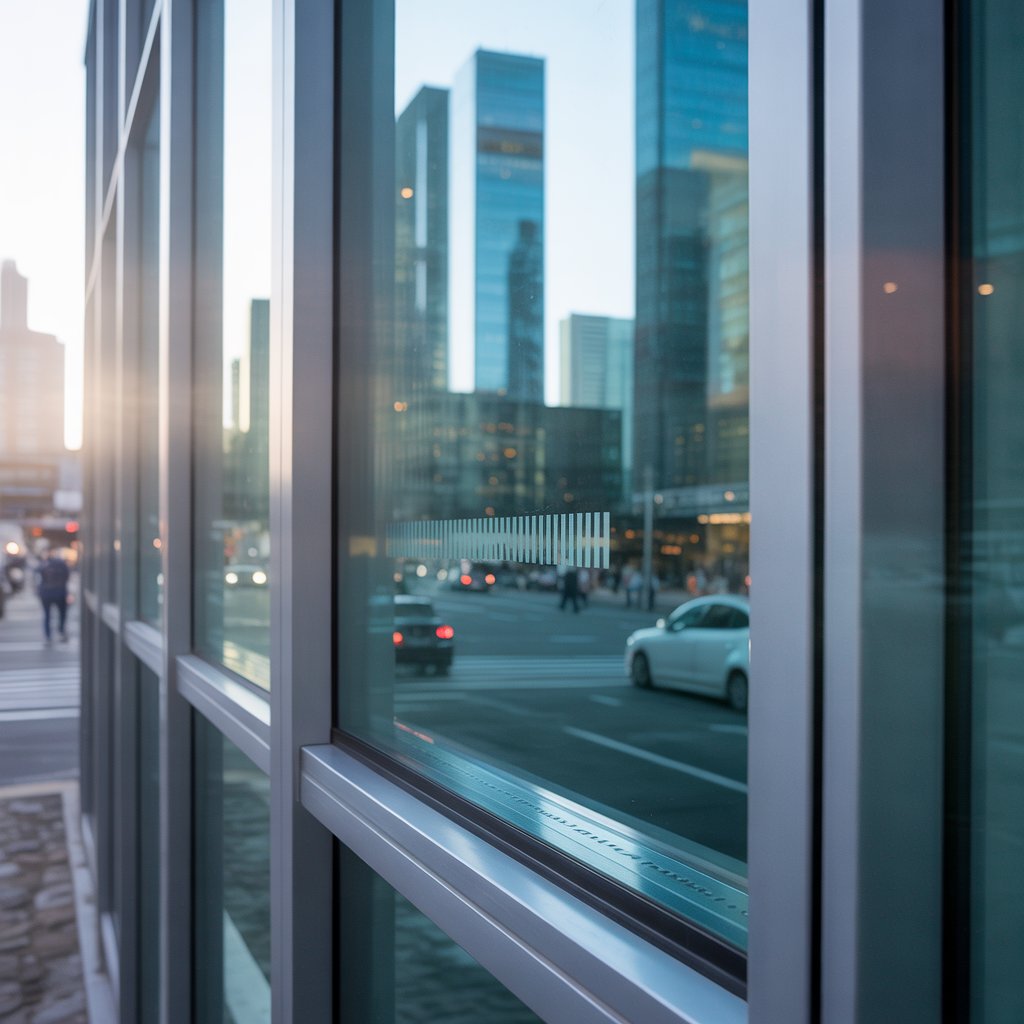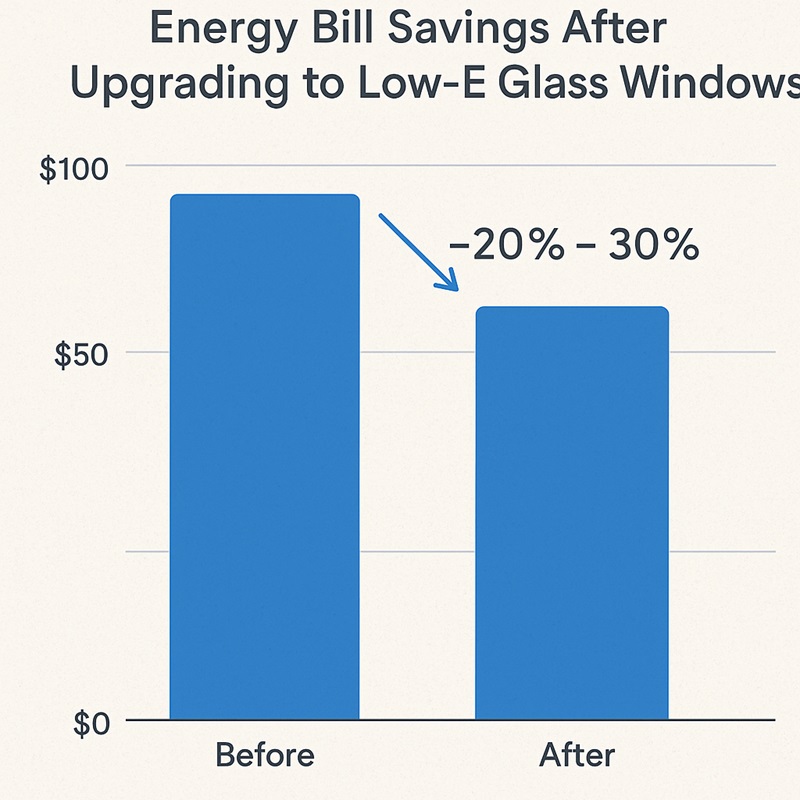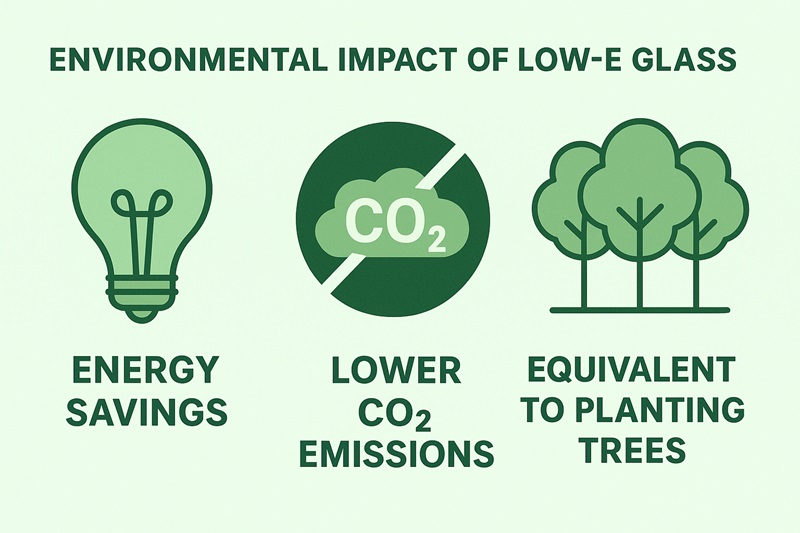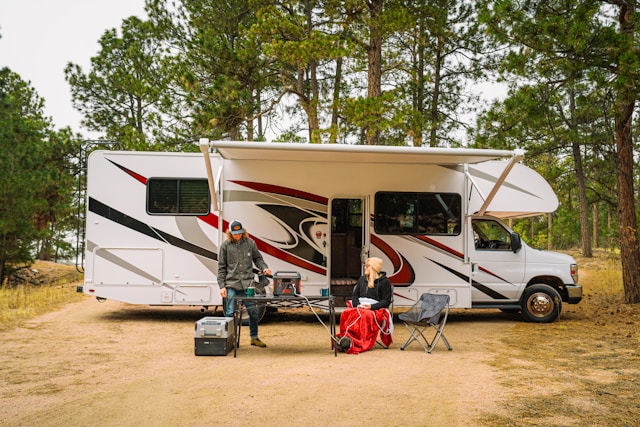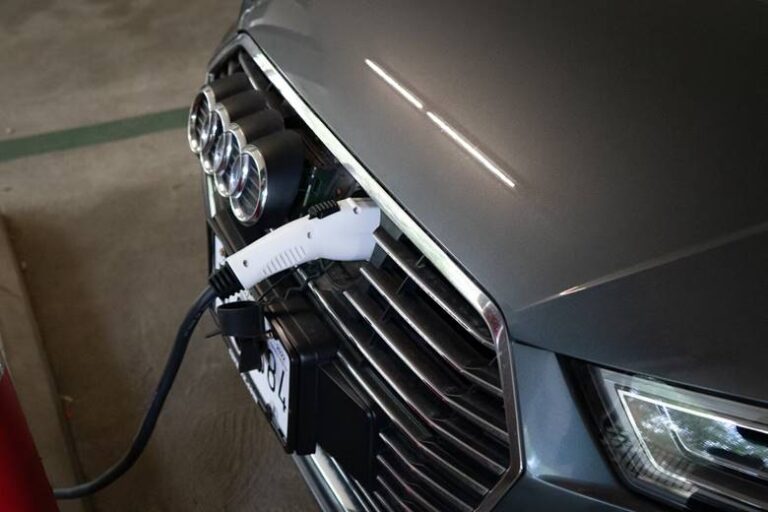Energy bills are rising. Climate concerns are growing. Homes must now be smarter about saving energy.
Windows used to be the weak spot of a house. Today, they are at the center of energy-saving design.
So, what is Low-E glass? It stands for low-emissivity glass. It’s regular glass with a thin, invisible coating that changes how heat and light move through windows.
Low-E glass keeps heat inside during winter. It blocks solar heat in summer. It also filters harmful UV rays while still letting in natural daylight. The result: a home that is cooler, warmer, and more efficient all year long.
Quick Answer
Low-E glass is window glass coated with a thin metallic layer. This coating reflects heat and blocks UV rays while allowing light to pass through. It cuts heating and cooling costs by 20–30%, improves comfort, and protects furniture from fading.
What is Low-E Glass?
The term “Low-E” stands for low emissivity, the ability of a material to radiate heat. Emissivity is measured on a scale of 0 to 1:
- A perfect black surface has an emissivity of 1 (absorbs and emits all heat).
- A shiny mirror has an emissivity near 0 (reflects heat instead of emitting it).
Regular glass has an emissivity of ~0.84, meaning it allows most heat to pass through. By contrast, Low-E glass has a special coating that reduces emissivity to as low as 0.02, greatly limiting heat transfer.
Think of Low-E glass as invisible sunscreen for your home: it shields interiors from harsh solar radiation while keeping indoor temperatures stable.
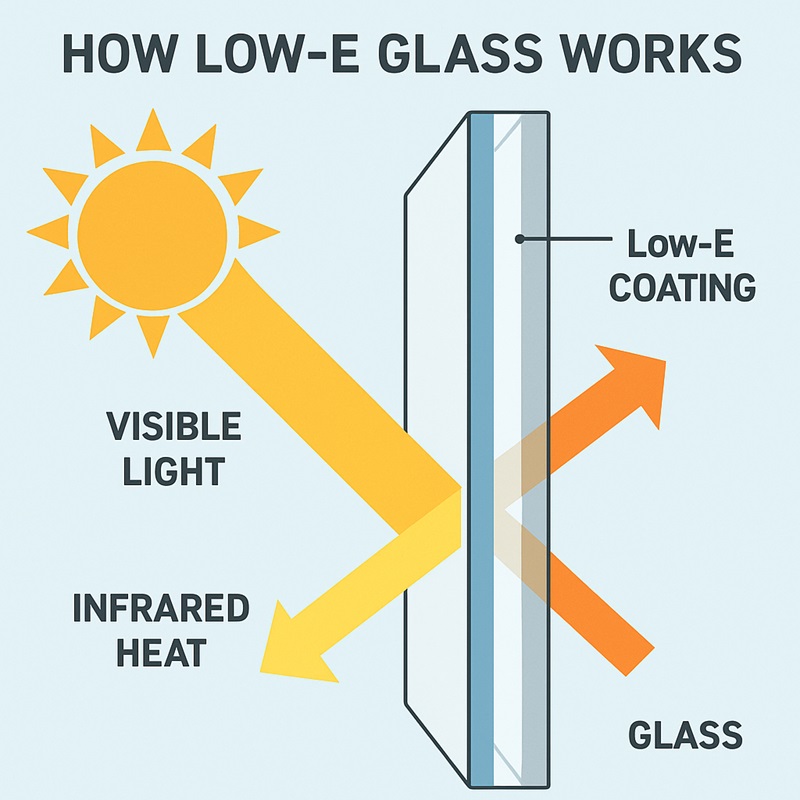
How Does Low-E Glass Work in Windows?
The secret lies in a microscopically thin metallic oxide layer, usually applied to one glass surface. Thinner than a human hair, this coating has a big impact on energy performance.
- Reflects infrared heat: Keeps heat inside in winter and outside in summer.
- Blocks UV rays: Stops 90–99% of ultraviolet radiation, preventing fading of furniture, flooring, and artwork.
- Allows natural light: Unlike tinted glass, Low-E coatings let sunlight in without darkening rooms.
In short: Low-E glass separates the light you want from the heat and UV you don’t.
Types of Low-E Glass
Two main types dominate the market, each with unique benefits:
- Hard-Coat Low-E (Pyrolytic)
- Applied during glass manufacturing at high heat.
- Very durable and scratch-resistant.
- Common in single-pane or storm windows.
- Moderate efficiency, lower cost.
- Soft-Coat Low-E (Sputtered)
- Applied in a vacuum chamber after manufacturing.
- More delicate, so usually sealed in double/triple-pane units.
- Higher efficiency (better U-factor & SHGC).
- Ideal for modern homes and energy retrofits.
| Feature | Hard-Coat Low-E | Soft-Coat Low-E |
| Durability | Very high | Moderate (sealed unit needed) |
| Efficiency | Moderate | High |
| Cost | Lower | Higher |
| Applications | Storm, cold climates | Residential, commercial |
Benefits of Low-E Glass
Installing Low-E windows isn’t just about looks — they deliver measurable savings and comfort.
- Energy Efficiency & Cost Savings
- Can cut heating/cooling bills by up to 30%, depending on climate and home size.
- Reduces strain on HVAC systems.
- Improved Indoor Comfort
- Prevents hot spots near sunny windows.
- Keeps homes consistently warmer in winter and cooler in summer.
- UV Protection
- Blocks up to 99% of UV rays.
- Preserves carpets, hardwood floors, fabrics, and artwork.
- Environmental Impact
- Lower household energy demand = smaller carbon footprint.
- Supports green certifications like LEED and Energy Star.
Applications of Low-E Glass
Low-E glass is versatile:
- Homes: Standard in new builds, retrofits, skylights, and patio doors.
- Commercial buildings: Common in offices, retail spaces, and high-rise facades.
- Green architecture: Integral to LEED, Passive House, and Energy Star projects.
Case Study: An eco-home in Arizona cut 25% off cooling costs by upgrading to Low-E windows.
Is Low-E Glass Worth the Cost?
- Upfront Costs: $12–$20 per sq. ft. (~$40–$80 more per window).
- Energy Savings: Often saves hundreds annually on heating/cooling.
- Payback Period: Typically 3–7 years.
- Long-Term Value: Boosts property value and reduces carbon footprint.
Verdict: Yes — especially in extreme climates or for long-term homeowners.
Low-E Glass in the 2025 U.S. Market
By 2025, most new U.S. homes come with Low-E windows as the default.
Popular Brands:
-
Cardinal LoĒ³-366: Triple-layer coating, ~70% U.S. market share.
-
Vitro Solarban® / Sungate®: For hot and cold climates.
-
Guardian SunGuard® SNX: For homes and commercial buildings.
Price per sq. ft.:
-
Float glass: ~$5
-
Cardinal LoĒ³-366: $15–$25
-
Vitro Solarban: $20–$30
Low-E Glass vs Alternatives
| Feature | Low-E Glass | Tinted Glass | Reflective Glass | Double/Triple Pane |
| Efficiency | High | Moderate | Moderate | High (with Low-E) |
| UV Protection | Excellent | Moderate | Good | Depends |
| Transparency | Clear | Dark | Mirror-like | Clear |
| Cost | Moderate | Low | Moderate | Higher |
Key Takeaway: Low-E glass outperforms tinted/reflective and becomes the gold standard when paired with double/triple panes.
Low-E Glass vs Double/Triple Pane Windows: Which is More Energy Efficient?
- Low-E alone: Blocks heat transfer & UV rays.
- Double/Triple panes alone: Add insulation with air/gas fills.
- Combined: Best results — U-factor can drop below 0.20 in triple-pane Low-E.
Verdict: On a tight budget → Low-E single-pane is still better than clear glass. For max efficiency → Low-E + double/triple pane.
Low-E Glass in Sustainable Home Design
Low-E glass isn’t just comfort — it’s sustainability in action:
- Reduces energy demand → cuts fossil fuel reliance.
- Maintains natural daylight while filtering harmful rays.
- Supports LEED, Passive House, and Energy Star goals.
Real Example: A California development achieved LEED Gold after Low-E windows cut HVAC use by 30%.
Disadvantages of Low-E Glass
- Higher upfront cost (~$40–$80 more per window).
- Possible slight tint (some notice cooler tones).
- Wrong SHGC choice in cold climates may raise heating costs.
- May require new frames in very old homes.
- Exterior condensation possible on cool mornings.
- Reduced passive solar heating in homes designed for winter solar gain.
Overall: Minor trade-offs compared to long-term benefits.
How Long Does Low-E Glass Last?
- Lifespan: 20–30 years (factory sealed in IGUs).
- Warranties: Often 10–20 years.
- Maintenance: Clean gently; seal failure = replacement.
- Films: 10–15 years, lower performance.
With proper installation, Low-E lasts decades of efficient performance.
Building Codes (2025 Update)
- Energy Star v7 (2025): Tighter rules for U-factor and SHGC.
- IECC: Some states now require U-factors as low as 0.32.
- Trend: By 2025, Low-E is the default, not the upgrade.
Low-E Glass vs Window Films
| Feature | Factory Low-E Glass | Aftermarket Films |
| Performance | High | Moderate |
| Durability | 20–30 yrs | 10–15 yrs |
| Aesthetics | Clear | Slight tint |
| Installation | New windows only | Existing windows |
| Cost | Higher upfront | Lower upfront |
Verdict: Films = short-term fix. Factory Low-E = best long-term ROI.
Environmental Impact of Low-E Glass
- Energy Savings: 1,500–2,000 kWh per home per year.
- CO₂ Reduction: ~1,000–1,400 lbs of CO₂ avoided annually.
- Tree Equivalent: Same as planting 10–15 trees each year.
- National Impact: Universal adoption could cut U.S. residential energy use by ~8%.
Choosing Low-E glass is a personal climate action step — saving money while reducing emissions.
Myths & Misconceptions
- “It makes your home dark.” False — allows up to 95% visible light.
- “It only helps in cold climates.” False — works year-round.
- “Too expensive.” False — payback in a few years.
Choosing the Right Low-E Glass for Your Home
- Cold climates: High SHGC Low-E for free solar heating.
- Hot climates: Low SHGC Low-E for maximum solar blocking.
- Mixed climates: Dual-pane Low-E with balanced SHGC.
Always check U-factor (insulation) and SHGC (solar control) ratings.
Does My Home Need Low-E Glass? Key Signs It’s Time to Upgrade
- High energy bills.
- Hot/cold spots near windows.
- Faded furniture/floors.
- Condensation between panes.
- Single-pane or very old windows.
If you notice these signs, upgrading to Low-E is a worthwhile investment.
FAQs About Low-E Glass
Q: Does Low-E glass block WiFi? No, coatings affect heat & UV, not radio signals.
Q: Can I add Low-E to old windows? Yes, films exist but are less effective.
Q: How do I check for Low-E? Hold a lighter — one reflection looks tinted.
Q: Is Low-E the same as double glazing? No — Low-E is a coating; double glazing is multiple panes.
Q: How long does it last? Factory Low-E: 20–30 yrs. Films: 10–15 yrs.
Q: Does it darken rooms? Modern Low-E lets in up to 95% of light.
Q: Which type for my climate? Cold = high SHGC; Hot = low SHGC; Mixed = balanced.
Q: Is it worth the cost? Yes — saves 20–30% on bills with 3–7 yr payback.
Conclusion
Low-E glass is one of the smartest home upgrades available. By using an almost invisible coating, it reduces energy loss, blocks UV rays, and improves indoor comfort — all while lowering utility bills.
With its balance of eco-friendly performance, cost savings, durability, and regulatory compliance, Low-E glass is no longer a luxury — it’s the standard for sustainable construction. Whether building new, remodeling, or upgrading old windows, investing in Low-E glass delivers lasting comfort, savings, and environmental benefits.


